An Investigation into the representation of masculinity and the construct of the ‘hero’ in the action genre, focusing on the Quantum of Solace advertising campaign for James Bond.
‘Bond is no longer a work in progress. He is now the cruel, finished article.’ ;
Quantum of Solace Review, The Sunday Times, 18/10/08) [1]
A quote that eloquently summarises how Bond has developed as a franchise throughout the years to his modern-day incarnation. James Bond, the highest-grossing film series in British Cinema History, with 24 films (to date) under its banner and spanning 46 years of cinema, is one of the most influential, complex and storied titles in history.
From its meagre $1 million budget for Dr No (1962) to its enormous $230 million budget for Quantum of Solace (2008), the contrast in production values is stark; the cumulative Production and marketing budget is $400 million, which means a massive $170 million was spent on the marketing campaign for Quantum of Solace [2] but I shall also explore the film’s social, historical and psychological changes. References shall be explored in relation to Shaun Nixon, Warren Farrell and Raewyn Connell and their theories alluding to masculinity.
We shall investigate the representations of masculinity in James Bond of the hero – James Bond himself – using Quantum of Solace (2008) and Casino Royale (2006) as contemporary examples and referencing all the James Bond films from Dr No (1962) to Die Another Day (2002) as historical references and examples.
We shall also explore ideas of metrosexuality, Laura Mulvey’s theory on narcissistic scopophilia homoeroticism, Simone de Beauvoir’s Masculinity theories, globalization, postmodernism and the male gaze. I shall investigate the representations of gender in James Bond and the British Cultural Imperialism in his character. The idea of Representation is how text is represented to the audience in the media, and gender is whether the male/female is masculine/feminine in its personality.
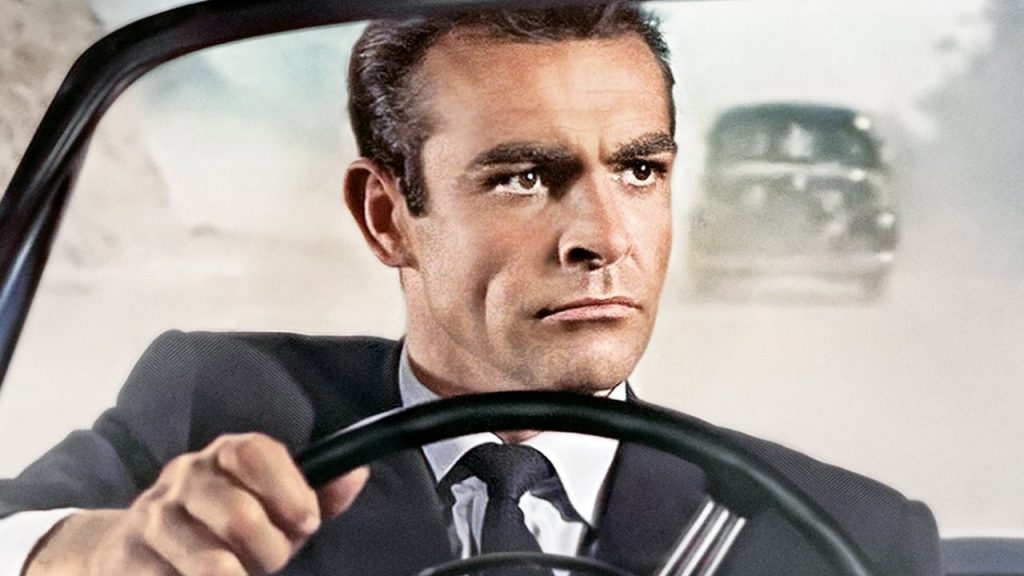
The original James Bond franchise (the films from Dr. No (1962) to Die Another Day (2002)) epitomised the character as a tall, dark-haired, handsome middle-class gentleman and a classic phallic seducer. Karlie Burkhill[3] says, ‘the films contain some form of a phallus, usually the girl’s names and the statements made about Bonds gun size’. This creates a phallic link between James Bond’s gun/penis and the girls in the films alluding to theories of phallocentrism. However, in the new James Bond films, although he utilises phallocentric iconography as portrayed in the film posters (he is holding a pistol/machine gun in separate versions of the poster), he does not seek women for sexual pleasure in the narrative like the old Bond films.
Bond, as a genre, can be identified as an action spy thriller and can arguably be typified by a set narrative structure. Vladimir Propp argues in ‘Morphology of the Russian Folktale’ that narratives follow a set pattern that can be defined in 31 rules [Propp; 1977].
Eco argues that ‘there are nine moves that occur but not necessarily in the same order:
- A – M gives Bond a task.
- B – The villain appears to Bond.
- C – Bond gives first check to the villain or vice versa.
- D – ‘The girl’ shows herself to Bond.
- E – Bond posses the girl or begins her seduction.
- F – Villain captures Bond then the girl or at the same time.
- G – The villain tortures Bond and sometimes the girl.
- H – Bond beats the villain, killing him or his representatives.
- I – Bond possesses the girl whom he then loses; she either leaves him or is killed.
This follows the Complication, Transference, Struggle and Return route in Propp’s theory. The Bond films always follow these narrative’ spheres of action’ and also follow Levi Strauss’s theory of binary opposition with the ‘Bond/Villain’[4] as good vs. evil.
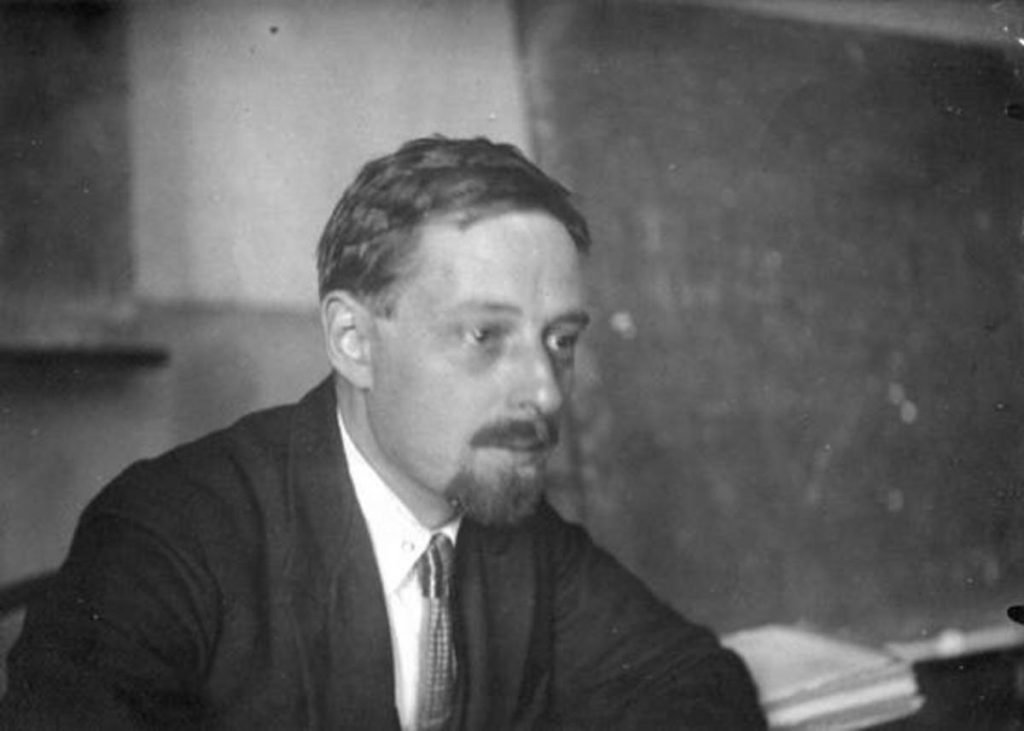
The advertising campaign for Quantum of Solace typifies the new James Bond as a lone ranger in a deserted world on his own. He is no longer immaculate and clean as he is dirty in the poster, and he has wounds to the head, making it more realistic for a spy. He is still carrying his gun, which all Bonds seem to as it’s iconographic to the James Bond genre. The gun is also representative of the phallus and seen as an extension of phallic imagery. He uses his gun to harm people and to fulfil a sexual drive of his, which also brings a question to his sexuality.
His sexuality is questioned in the new James Bond films because he never gets close or sleeps with women, is not represented with women, and reveals a large amount of his body on a beach by just wearing very small swim shorts in a film primarily aimed at men.
The poster’s camera shot is a full body shot of James Bond pretty close to the camera in a walking stance. Bond is alone without a woman on one poster, and all that is with him are the burning buildings and the James Bond logo/title/credits utilising the USP factor of the James Bond brand. All of these questions a central theme of masculinity. Masculinity is part of the gender system, which is socially and culturally constructed.
Sex is biological; whether you are physically born a man or woman, whereas gender is fluid, it’s whether the man/woman grows into a masculine or feminine person mentally. Morgan (1992) sees masculinity as a ‘cultural space’, one with its own set of behaviours. ‘Masculine’ defines a range of culturally defined characteristics. [Beynon; (2002)]
‘The false hero, to persuade himself that he has travelled far, that he soars high aloft, looks constantly backwards and downwards; he scorns, he accuses, he oppresses, he persecutes, he tortures, he murders.’
[Beauvoir; The Second Sex; 214] [5]
This description of the male is a description of Bond in my opinion. The new Bond does keep some of the old Bond stereotypes such as a tall and handsome man in a black suit and Rolex watch but other things have changed like Craig’s natural Blonde hair and much more aggressive and masculine attitude.
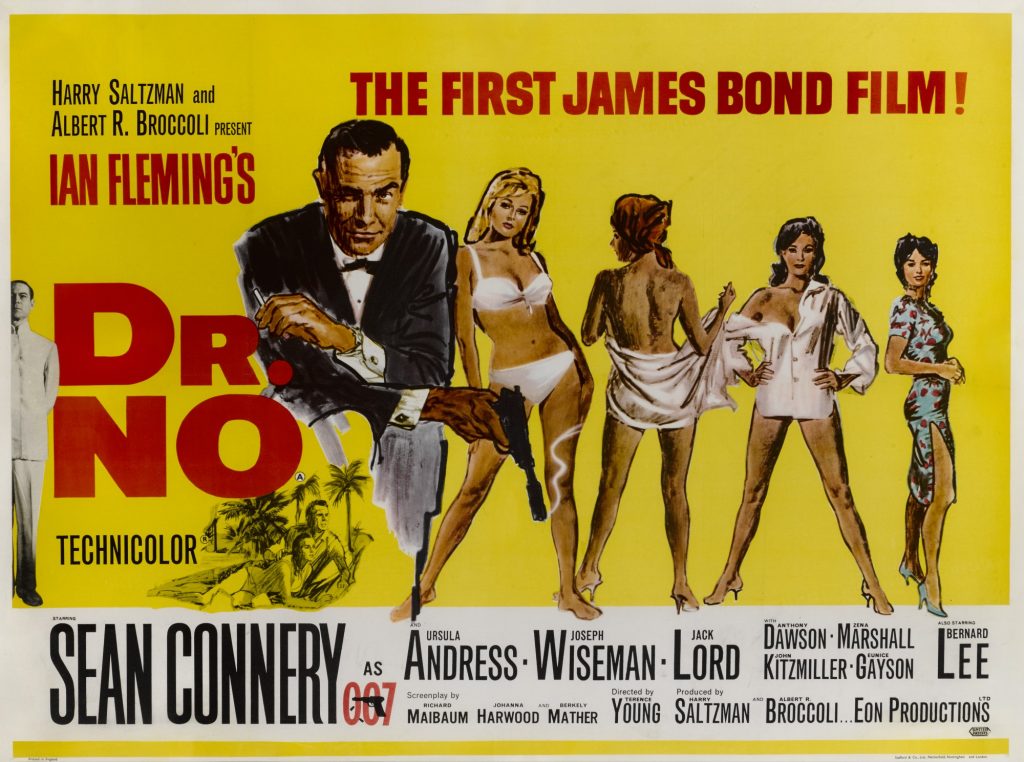
This is a poster from an original James Bond film Dr No. (1962). It represents James Bond as an upper class gentleman dressed in a full tuxedo casually holding a gun whilst standing next to four scantily dressed women in bikini’s or naked in towels. Underneath James Bond is a picture of a beach superimposed displaying connotations of a life in luxury, something the original Bond is portrayed to have lived.
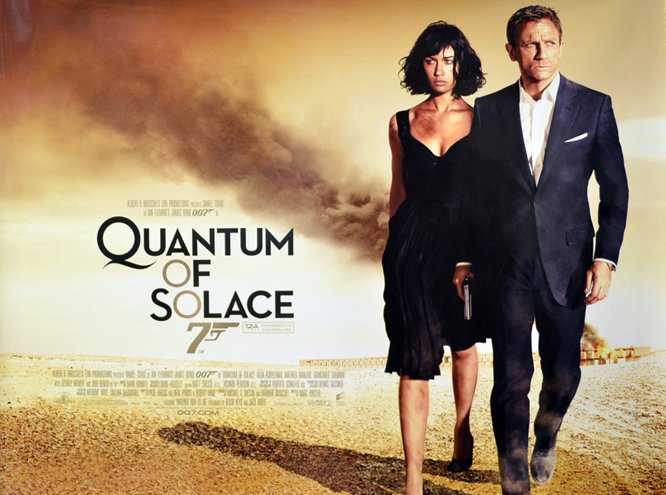
This is the first of the two posters from my contemporary film choice Quantum of Solace, which I will be analysing. The poster is one of the regular promotional posters for North America[17] released in 2008 and distributed by Sony Pictures Entertainment (Worldwide)[18]. There are many differences between this poster and the Dr. No poster showing how Bond has changed.
This poster shows James Bond right central in the image wearing a sharp black trendy suit next to a female protagonist (left-central) in a black dress. Bond himself conveys the wasp aesthetic. He is wearing a Rolex, a classic Bond gadget and holding a Walther PPK .32 ACP pistol[6] which is a piece of phallocentric iconography for Bond.
Both characters have tanned skin and are unclean. They both have various flesh wounds on the head and chest, reinforcing the action genre of the film (they must have been involved in some action to get wounded). Bond also has new Blonde hair, a change from previous Bonds. They are standing in the desert, and it looks like their walking towards us, but Bond is looking to the left and the female to the right deliberately looking away from each other. Behind them in the mise en scene is a burning wreckage with smoke leaving it. The sky is orange/gold like the sand.

The only information present is the logo and the cast in the footer with a release date. The distributors don’t use a tag line because Bond is a brand and sells itself. The entire film sells on the idea of brand equity meaning the Bond franchise sells the film to loyal fans.
“Before Bond, the big male icons of the day were Frank Sinatra and the rat pack, The reason we loved Bond back then, and now, is the same reason we loved Sinatra. He’s cool. And who doesn’t want to be cool?”
[Paul Kyriazi; 1999]
This is part of the theory of branding, Society knows who James Bond is, and he’s an established pop icon and putting the Bond logo – 007 – on a piece of text like this poster, sells. James Bond has sold $4 billion in ticket sales alone[7] and is a multi billion-dollar brand. James Bond as a brand has serious equity and selling power so the poster requires just a reference to the Bond franchise and it sells.
Another USP of the poster is Daniel Craig, the star. According to Richard Dyer ‘stars are commodities’ and when cast right ‘all the aspects of a star’s image fit with all the traits of a character.’ [Richard Dyer; Stars; 129]. Stars sell films, not even requiring their name on a poster. People know who famous stars are and if they enjoyed the last film they were in they will want to see them in another film. Daniel Craig has already been successful in the previous Bond film Casino Royale (2006) and had starred in five films since then, including the popular The Golden Compass (2007); this established him as a big star helped to sell Quantum of Solace.
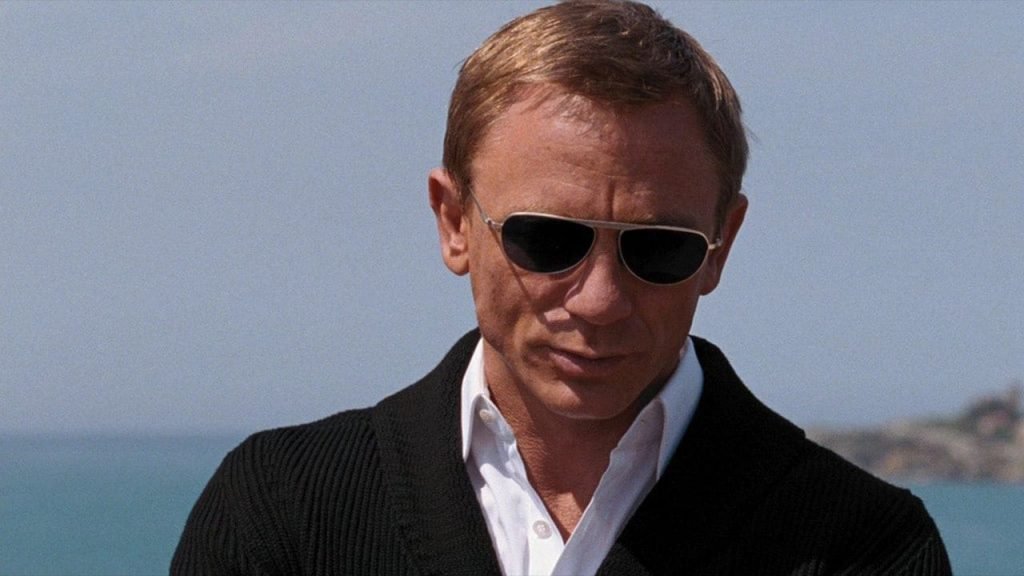
The poster also represents Bond as this almost perfect man, this god-like figure. This golden colour is all around him due to the sand and sky, and the cold connotates with gods. He also has this muscular bronze figure, which matches the connotations and displays a Bond character’s subliminal hegemony.
Also, in the poster, Bond is in front of the woman, and Bond is shown as more important than everything else in the mise en scene, including the woman. The woman is also smaller than Bond. This represents the institutional hegemony and displays male dominance in the media. This also agrees with John Berger’s theory that ‘men act, women appear’[Berger; (1972); 45-47]. In the poster, just like in the film, the female has a minor role and doesn’t do anything. The male, Bond, is the one with the gun in the front, taking the lead.
The poster conflicts with Fowles Theory that ‘in advertising, males gaze, and females are gazed at’.[Fowles; (1996); 204]. I can’t entirely agree in this instance because the audience is more interested and gaze at James Bond. He’s central and in the middle of the poster and alone in the second poster.
What makes it interesting is the audience is of the core 15-24 demographic. ‘Cinema’s traditional core demographic is the 15-24 category though it is expanding.’[8] The Bond franchise is also aimed at young males with flash gadgets, guns, cars and action. Craig represents the modern new Bond in this poster. He keeps the more modern blonde hair and appears metrosexual. He looks like a sophisticated young man now and not and upper class ‘snob’ in a tuxedo.
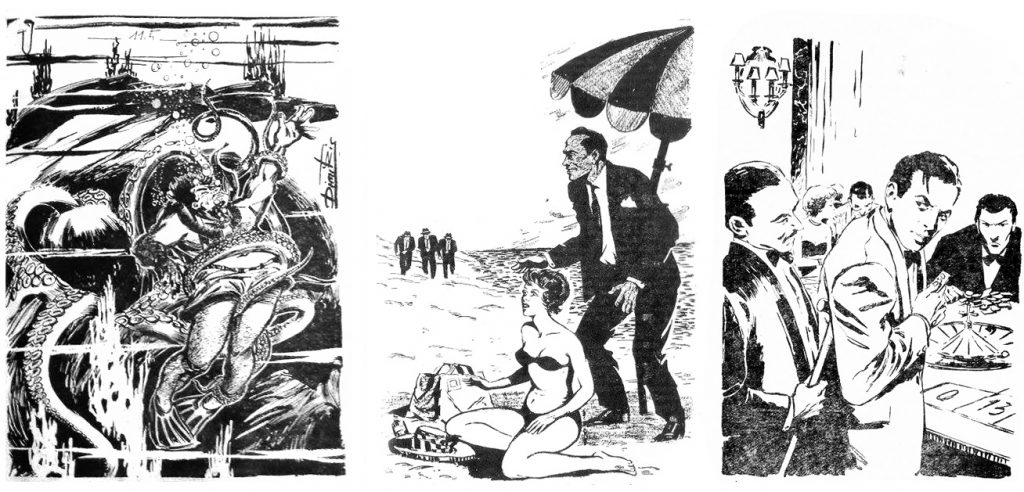
James Bond is a franchise aimed at young males (the core demographic is 15-24 – see item above), but the central character James Bond, which they focus on the most, is sexualised. Young men want to be him and, in my opinion, contradicts the theory of the gaze and makes you no longer stare at the female. Still, you want to focus on the male of the film and follow him, and they gladly show you in the movie wearing a tight pair of small trunks on the beach, emphasising his body.
The Bond in this poster is also looking away from the female as if he’s not interested in her at all. This may be a form of homoeroticism. This leaves great power in the actor’s hands to influence an audience. According to Dyer, they have a “privileged position in the definition of social roles and types,”[Dyer; (1979); 8]. Basically, what he’s saying is the actor in Bond’s role is in a position of power that can influence the audience and their social behaviour. [9]
There is a sense of Star Audience relationship between the male audience and James Bond. Andrew Tudor argues[10]:
“The audience feels a loose attachment to a particular protagonist deriving jointly from star, narrative and the individual personality of the audience member: a standard sense of involvement.”
[Tudor; 1974]
This is where the viewer’s involvement gets to a point where they place themselves in the same situation as the star. They want to be James Bond. They see this as a surrogate self ego-ideal, particularly between Bond and the male spectators. This is a form of Narcissistic Scopophilia, a theory by Laura Mulvey that says ‘our scopophilia and our narcissism intermingle for our needs for likeness and recognition.’ [11] [Mulvey; 1975]
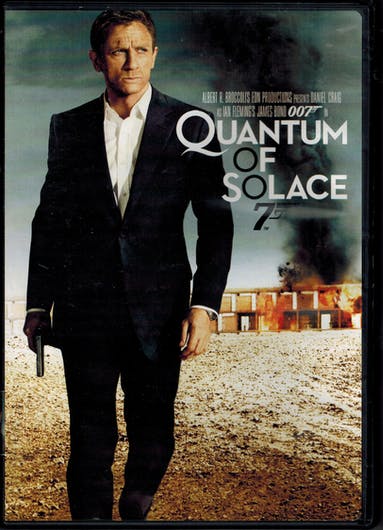
On this poster, Bond is alone, which displays the loneliness that this character has. The mise-en-scene has a darker colour palette with the dark blue sky and the black smoke leaving the burning wreckage behind him is more clearly visible.
It shows James Bond central in the poster in a sharp black suit that looks trendy. He is wearing a Rolex and holding a pistol – another piece of phallocentric iconography. He has tanned skin and is unclean with wounds above his eye. He has the new blonde hair, and he is standing in the desert with the wind blowing dust. He looks like he’s walking towards us, and he’s looking left. The sky is dark in this poster, and the only info present is the Bond logos and studio name.
Again in this poster, his pistol is highly visible, alluding to the phallocentrism discussed previously of James Bond.
He is wearing a Omega watch in the poster, an Omega 007 Seamaster Diver 300m[12], a product placement that Omega paid for. Quantum of Solace has numerous product placements from 7 companies to advertise their products and emphasise realism in the James Bond character using covert advertising.
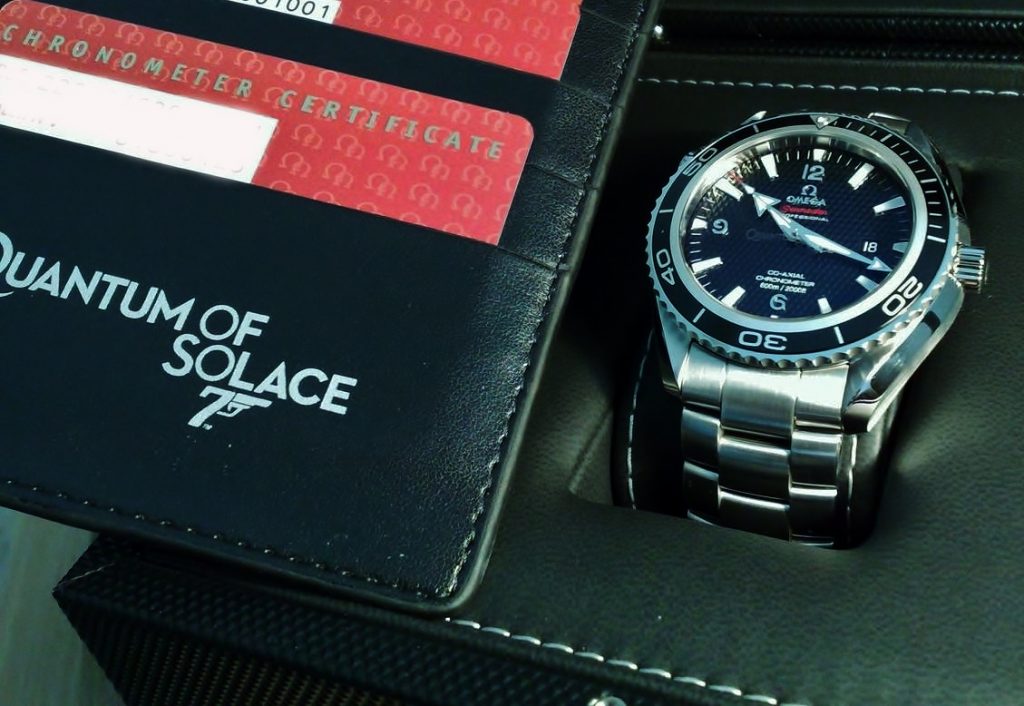
In both the posters, they have used full body shots of the stars to display them as much as possible, and in this poster, I would say Bond takes up at least 60% of the poster space.
In these posters, he is wearing a sharp black suit, custom made and designed by Gucci designer Tom Ford[13] that looks expensive, but he isn’t wearing a bow tie, so it’s not so formal and is more modern. The suit also looks to be pretty clean, seen as he is in the sandy desert, possibly showing how clean and quick he is and how he isn’t clumsy enough to get himself dirty.
James Bond is an alpha male character that displays very masculine traits with deeper meanings. The alpha male in Bond enjoys hegemonic power, and to try and show his authority, he likes to flash his masculinity, the stereotypically more hegemonically powerful gender. Still, due to social changes, these stereotypes have changed Bond.
As Shaun Nixon argues about the emergence of The Face magazine as a key moment, it allowed depictions of masculinity to move from a gay subculture into the mainstream. The rise of the style press permitted many different kinds of masculinity images to circulate that did not exist previously. [14]
This changes the masculinity portrayed in the media and by Bond. This links into the idea of metro sexuality first mentioned in the Independent in 1994 describing how men have changed in the 90s and described by Mark Simpson as ‘Behold the metro sexual pampered by women, technology and capitalism; behold the metro sexual as star.’[15]
This explains how Bond is no longer the ‘butch’ masculine man in Dr. No and the original films but a more open, fashionable, ambiguous man in a socially and politically different world.
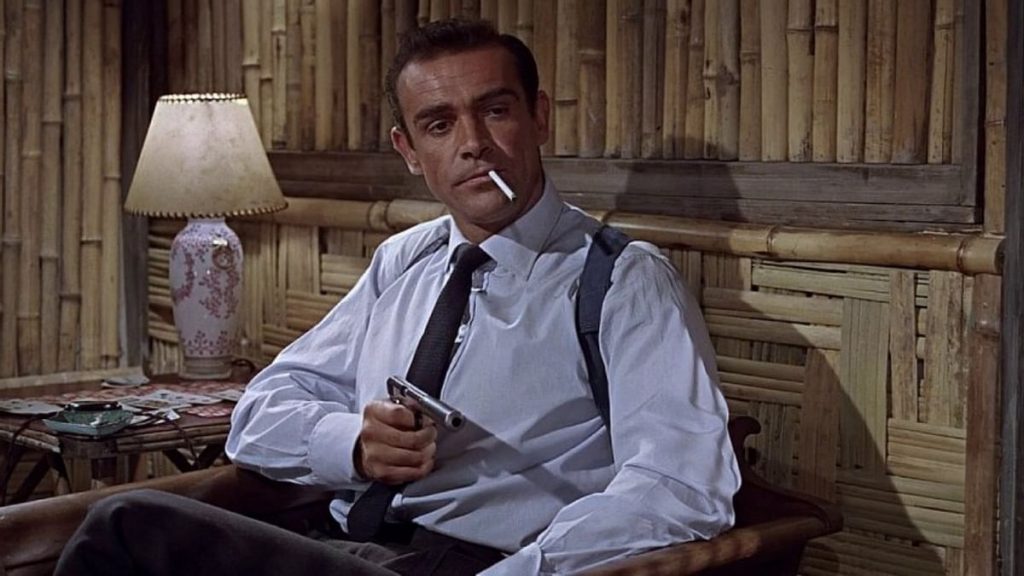
The world in which the original films were produced was still learning things – technology like personal computers were still unavailable, fashion was different, we were still in a cold war, and the 1962 Cuban Missile Crisis’s uneasy situation threatened global peace. The West feared the East, the world was in a political unease, and people thought differently. In contrast, the new films are produced in a postmodern climate with new technology and ideas in a free globalized world where the enemy is unknown, but this unknown creates new anxieties for today.
Boys grow up into manhood and gain their behaviour from role models. One of these role models would be a famous star/character like Daniel Craig as James Bond. The things the character and actor does are impressionable to young boys.
‘In today’s world the media plays a crucial role in imposing social masculinity roles on men, especially in their youth.’
Masculinity for Boys by The United Nations Educational Scientific and Cultural Organisation in New Delhi.[16]
They are led into thinking that his life is glamorous and perfect, and that’s how life should be lived, so any negatives are deemed normal psychologically by them. This could lead to copying violence, sexual activity and so on. This is where the character becomes very influential. This links to the fact that Bond has tremendous power off-screen and on as he can affect the viewer.
Harvey Mansfield argues masculinity is ‘confidence is a situation of risk’[Mansfield; 2007]. This theory applies to James Bond as he epitomises that phrase. Bond is a spy forever in a risky situation, yet through it all, he keeps a cool head and is very confident to the point it’s almost arrogant. In the poster, he is walking away from burning wreckage calmly towards us without a look of concern on his face whatsoever.
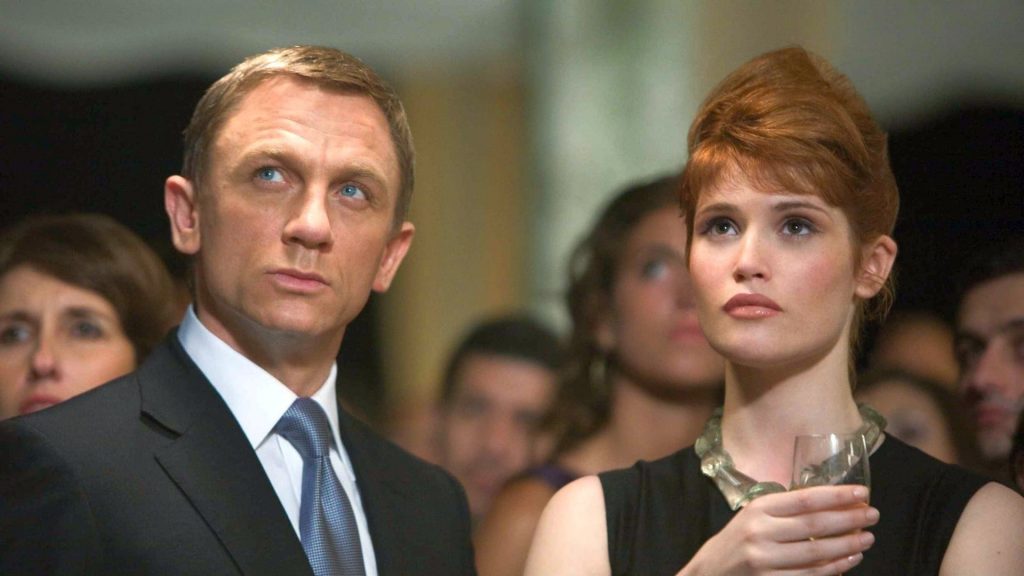
Bond could also be seen as hyper fetishised. He is very good looking and wears trendy clothes, conforming to western dominant aesthetic ideals, whilst participating in what are sometimes highly violent gunfights. He is portrayed in the poster wearing a fashionable suit and carrying his pistol, a violent weapon, therefore looking good as he commits violence, almost glorifying it in style over substance, typical of the postmodern world of today.
Therefore, within the advertising campaign, James Bond displays many of his masculine traits and is represented as a modern contemporary change in the hegemonically created brand of James Bond. He is a culturally defined icon that appeals to the masses and influences many. He is an alpha male with tremendous power as a character.
We mention the late, great Sean Connery in this article, one of our favourite actors. We wrote an article celebrating his career after his passing that you can check out here on the website. You can also read more of our film theory articles here.
Bond has become the hero of a multi-billion dollar franchise and the most important creation of the UK film industry.
What are your thoughts on the James Bond franchise? Let us know in the comments below.
You can read more of our articles here.
Please join us on social media on Facebook, Instagram, Tik Tok and Twitter. We really appreciate all the likes, shares, retweets etc., and we would love to hear from you and continue the wonderful celebration of all things cinema on these platforms.
If you love to watch videos on YouTube, then please subscribe to our channel here. There’s lots of fun and informative videos uploaded that we hope you will enjoy!
We have a passion for movies and aim to produce entertaining and informative movie-related content. It certainly is a lot of hard work, but we love films so much that it’s worth all the effort. We have to keep the lights on and make sure we have plenty of caffeine to keep all of the articles, videos and social media posts coming, so if you like our work, then please consider supporting us at Buy Me A Coffee here. You can also become a More Movies patron on Patreon here.
To help support us here at More Movies, we do use advertising in a few places, so we appreciate it if you do not use AdBlockers on our site, as this helps keep a few pennies trickling in. We also utilise affiliate links throughout the site, usually to help guide our readers to places to stream, rent or buy the movies we talk about. One of the biggest sources for movies online is Amazon Prime Video, where you can stream over 18,000 films. If you are interested in Prime and haven’t signed up yet, you can get a 30-day free trial via this affiliate link, which helps support us too.
Footnotes
- [1] A quote taken from a review from The Sunday Times newspaper, a contempary review. (Quantum of Solace Review, The Times 18/10/08)
- [2] This figure is worked out by taking the supposed total combined production and marketing costs quoted from Zooped’s Quantum of Solace Control’s Box Office Article and removing the total production costs quoted on Wikipedia (en). See URL’s for sites.
- [3] Quotes and info from essay entitled: To What Extent Do Bond Films Follow A Standard Formula To Deliver Pleasure? Illustrate Your Answer By Comparing One Early & One Late Bond Film. By Karlie Burkhill.
- [4] Quoted from Semiotics for Beginner by Daniel Chandler.
- [5] Also see Simone de Beauvoir’s Critique of Masculinity article.
- [6] Gun information obtained from the Internet Movie Firearms Database. (http://www.imfdb.org/index.php?title=Quantum_of_Solace#Walther_PPK)
- [7] From the Economic Times’ article on Bond’s brand equity.
- [8] Source: Pearl & Dean
- [9] Richard Dyer’s Theory of Movie Stars by Barry Meur.
- [10] See But it’s only a movie by James Linton
- [11] See maricarmenmartinez.com for summary of the essay.
- [12] Product Placement Information gained from the website Universal Export. (http://www.universalexports.net/Movies/quantumofsolace-productplacement.shtml)
- [13] See James Bond Lifestyle (http://www.jamesbondlifestyle.com/index_clothing.php?m=cl&g=cl031)
- [14] Rethinking Masculinity: Men and Their Bodies by Rosalind Gill
- [15] Apparently the first appearance of the word ‘metrosexual’ in print’. Originally appeared in UK national newspaper the Independent, 15 November 1994 – included in ‘It’s a Queer World’ (Vintage UK; 1996), from where this text is taken from.
- [16] Adapted from a leaflet called Masculinity for Boys by The United Nations Educational Scientific and Cultural Organisation in New Delhi.
- [17] Matched the release date to the official release dates quoted on the IMDB.
- [18] Source: IMDB
Bibliography
- Dr. No Official Film Poster (1962; United Artists)
- Quantum of Solace Official Film Poster (Text 1) (2008; Sony)
- Quantum of Solace Official Film Poster (Text 2) (2008; Sony)
- Beauvoir, S; (1989); The Second Sex; USA; Vintage
- Berger, J; (1972); Ways of Seeing; UK; Penguin
- Beynon, J; (2002); Masculinities and Culture; Buckingham; Open University Press
- Beyon, J (2002); Masculinities and Culture; Buckingham; Open University Press
- Burkhill, K; (1999); To What Extent Do Bond Films Follow A Standard Formula To Deliver Pleasure? Illustrate Your Answer By Comparing One Early & One Late Bond Film; http://www.arasite.org/guestskb.htm (09/12/09)
- Chandler, D; (2003); Semiotics for Beginners; http://www.aber.ac.uk/media/Documents/S4B/sem05.html (09/12/09)
- Douglas, N; (200?); A Critique of the Bond film ‘Casino Royale’ in the Context of Sustainability; http://www.nedprod.com/studystuff/MN4238%20Essay%201.pdf (09/12/09)
- Dyer, R; (1998); Stars; UK; BFI Publishing
- Eco, U; (1981); The Role of the Reader; London; Hutchinson
- Fowles, J; (1996); Advertising and Popular Culture; UK; Sage Publications
- Gill, R; (2001); Rethinking Masculinity: Men and Their Bodies; http://www.fathom.com/course/21701720/session2.html ). (09/12/09)
- Kotsko, A; (2007); Simone de Beauvoir’s Critique of Masculinity; http://itself.wordpress.com/2007/12/13/simone-de-beauvoir’s-critique-of-masculinity/ (09/12/09)
- Kyriazi P; (1999); The Complete James Bond Lifestyle: A Serious Course To Upgrade Your Life; USA; Ronin Audio Books
- Linton, J; (1978); But it’s only a movie; http://www.ejumpcut.org/archive/onlinessays/JC17folder/OnlyAmovieLinton.html (09/12/09)
- Mansfield,H; (2007); Manliness; USA; Yale University Press
- Martínez, M; (2006); Summary of Mulvey’s “Visual Pleasure and Narrative Cinema”; http://www.maricarmenmartinez.com/mulvey.html (09/12/09)
- Mauer, B; (2006); Richard Dyer’s Theory of Movie Stars; http://www.associatedcontent.com/article/20629/richard_dyers_theory_of_movie_stars.html?cat=4 (09/12/09)
- Mulvey, L; (1975); Visual Pleasure and Narrative Cinema; Screen
- Narayanswamy, H; (2006), The Name’s Bond, James Bond; http://economictimes.indiatimes.com/Features/Brand-Equity/The-names-Bond-James-Bond/articleshow/359560.cms (09/12/09)
- Propp, V; (1968); Morphology of the Folktale; Texas; University of Texas Press
- Simpson, M; (2001); Here come the mirror men; http://www.marksimpson.com/pages/journalism/mirror_men.html (09/12/09)
- United Nations Educational Scientific and Cultural Organisation New Delhi; (2006); Masculinity for Boys http://unesdoc.unesco.org/images/0014/001465/146514e.pdf (09/12/09)
- Zooped; (2008); James Bond, Quantum of Solace Controls Box Office; http://www.zooped.com/2008/11/17/james-bondquantum-of-solace-controls-box-office/ (09/12/09)

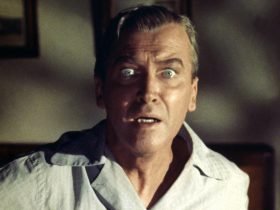
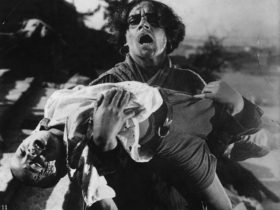


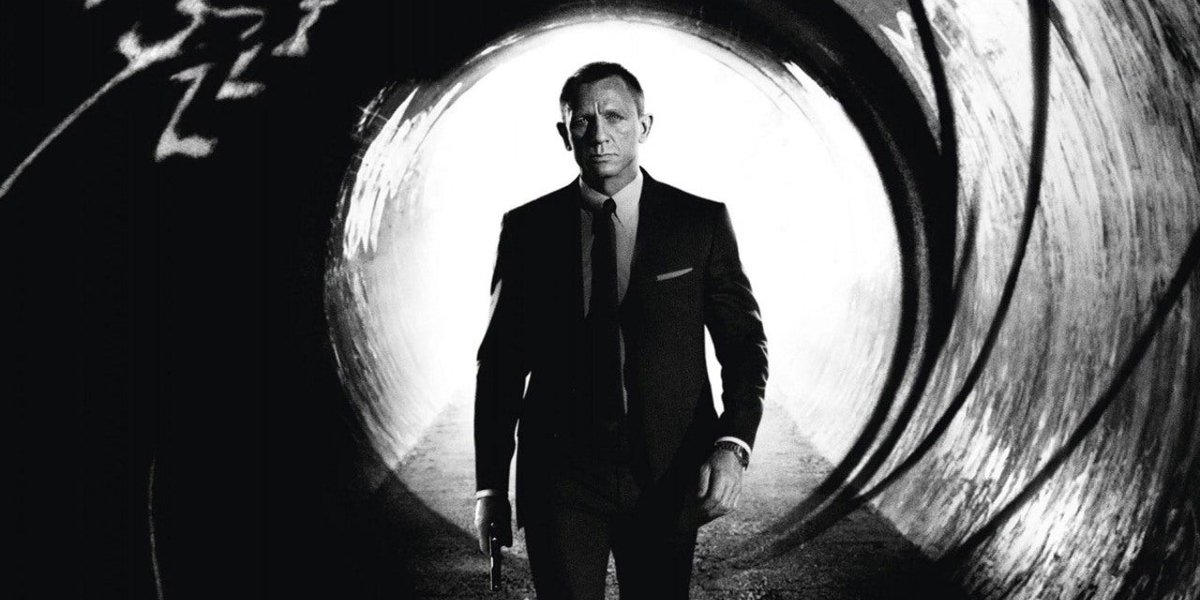


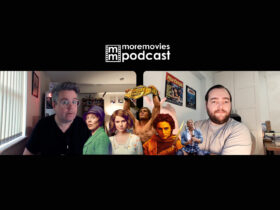
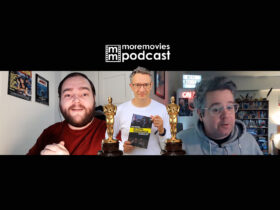

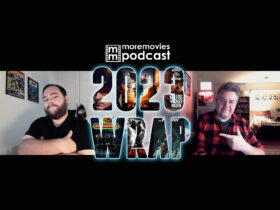
Thanks for your information . i am read your article i am very impressive.